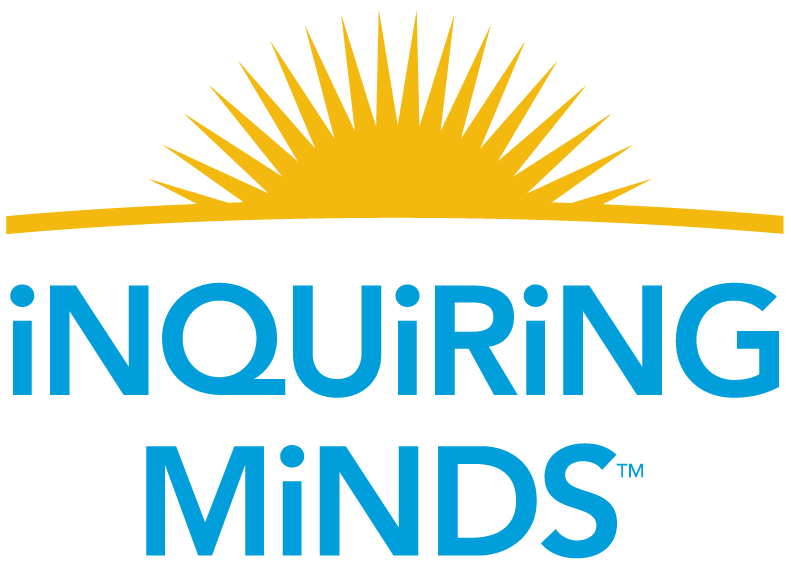Moments of Teaching Brilliance
Kasey Hill’s first position as a teacher was at DeValls Bluff High School, nestled in an antebellum town in rural Arkansas. DeValls Bluff, like so many little towns in America, was withering away. The railroad, once the lifeblood of the town, no longer stopped there. Jobs became few, drug and alcohol use grew. The people who could get out, got out, and those who stayed went on welfare. The town was stuck in a self perpetuating negative lifestyle loop.
The population of DeValls Bluff had shrunk and Kasey’s school was under pressure from the Arkansas Department of Education to close. Her superintendent asked if she could teach sociology to juniors explaining that the school needed to offer more electives. Kasey, ready for any challenge, answered optimistically, “I really don’t know the subject but I’m willing to try.”
This sociology class consisted of just two girls who happened to be best friends so the two of them and Kasey sat and learned together. Early on Kasey asked the girls where they were applying to college. “We can’t go to college.” They confessed. “Why not?” Kasey asked. They replied, “No one around here goes to college, Mrs. Hill.” College was a dream that seemed unattainable to these girls. Kasey quickly realized that many of the tenets of sociology applied to this tiny class. So, as students (and Kasey in this case included herself a student as well) they would study the behaviors of the town and the circumstances and ramifications of this behavior. They would conduct critical analysis and investigate why DeValls Bluff was the way it was, where it was going. Along the way the girls examined their own expectations: What might their futures be like? During the semester they became activists, motivated to figure things out, to do much of the work on their own.
And in the process, Kasey’s frame of mind about teaching and learning changed completely, informing much of her current pedagogical philosophy. In her classroom practice she works to harness ideas that are relevant to her students and to make the real-life connections that lead to deeper understanding. She challenges her students to wrestle with hard problems—to see situations from multiple perspectives.
Kasey is big on using current events, primary sources, data and visual literacy activities. Inference and perspective are critical to her process. She often asks “How did your knowledge grow?” after they read an article. Her students regularly debate pros and cons by picking up the local newspaper.
Elizabeth Eckford, Age 15, September 4, 1957, Little Rock Central High
And she has her students put themselves in others shoes, writing from another’s perspective. A powerful example is the iconic black and white photograph of African American Elizabeth Eckford, the first student to integrate Little Rock High School in 1957. Each student has a copy of this image in their hand. She asks them to list everything they see. The list is usually pretty short, but she then asks them to fold the image into four quadrants and examine each separately and write down everything they see in each quadrant. The list gets much longer and many more questions arise. Then she asks the students to write a sentence from the perspective of a specific person in the background. It’s a powerful way to see the larger context of the drama that played out over half a century ago right in their home state.
Today Kasey’s ninth grade students often work together in groups of four as she moves freely through the room. They use Chromebooks (She wishes they had a few more), Google Docs and Google Drive so they can share with each other, make comments and critique each other's work. Right now, her students are working on becoming good critics. She’s told her students that, whether they agree or not, there is a kernel of truth in every criticism. She suggests using language to critique each other like, ”Have you considered....”, in order to show respect towards each other’s ideas and work. As the old saying goes, honey always draws more flies than vinegar.
Recently, when a student reported to her that he had used this technique with his mother who was frustrated with him Kasey was astonished. This was a brilliant teaching moment for Kasey, the kind of reaffirming moment that teachers teach for. She asked him how it worked out. He said, “It went over really well—she didn’t bite my head off!”
Fundamentally Kasey believes that building relationships with her students is critical, a lesson learned from her first teaching position. If she can engage them, she can get them to learn for themselves.
“This is not book work, she tells them, “You can apply this knowledge to your own life. This is bigger than yourselves.”
Sadly, DeValls Bluff High School didn’t make it: It closed. And Kasey Hill moved on to another school, Cabot Junior High North, where she teaches civics, economics and history. But, against the odds, her two sociology students from DeValls Bluff High graduated, and went on to college. They both became teachers.


